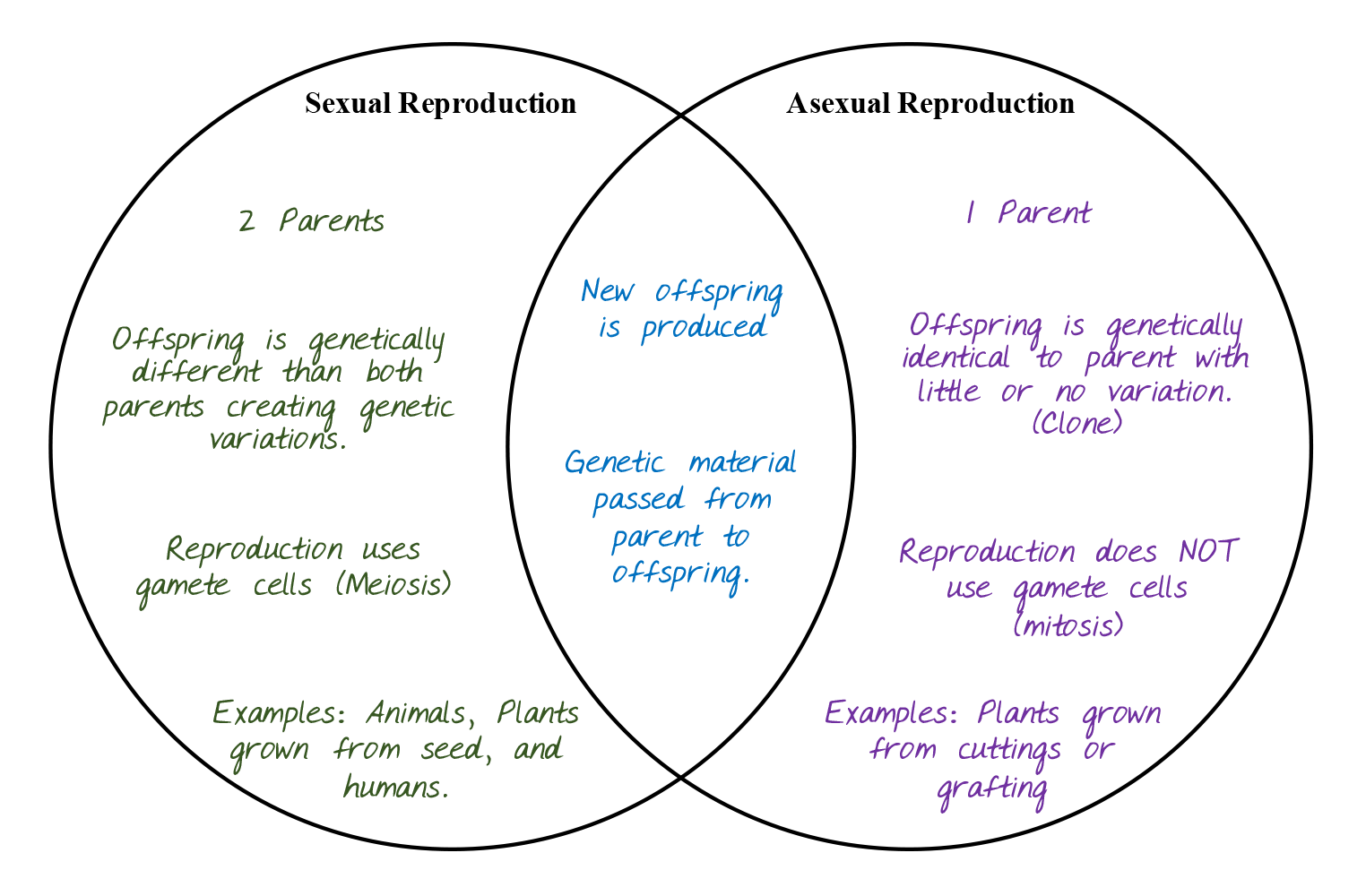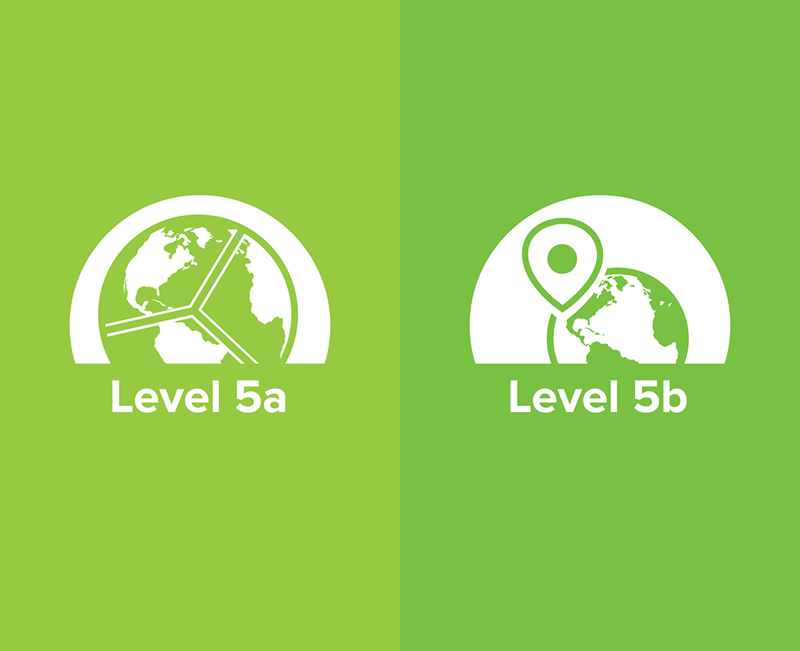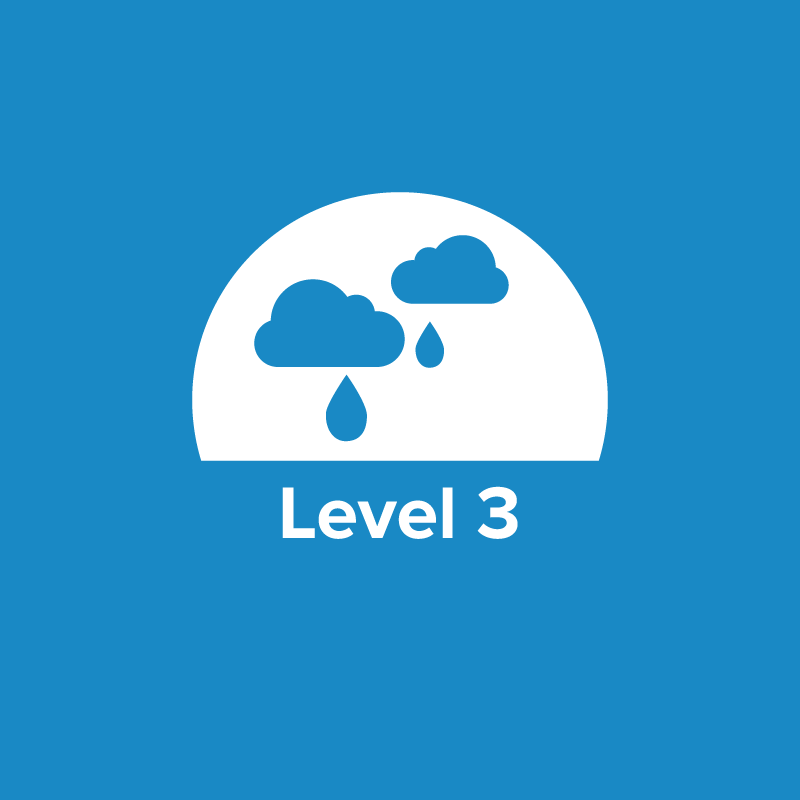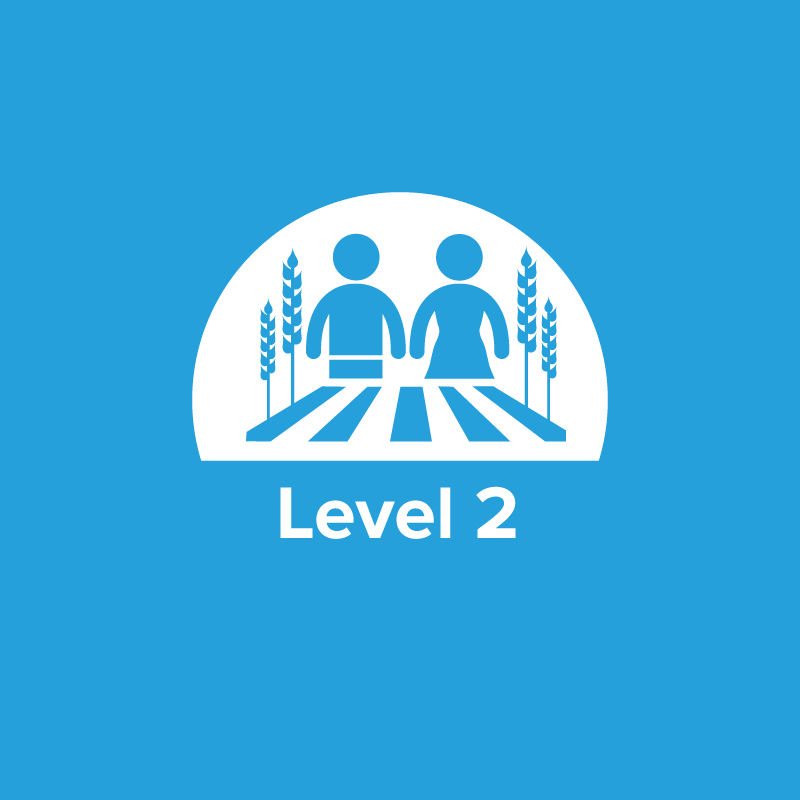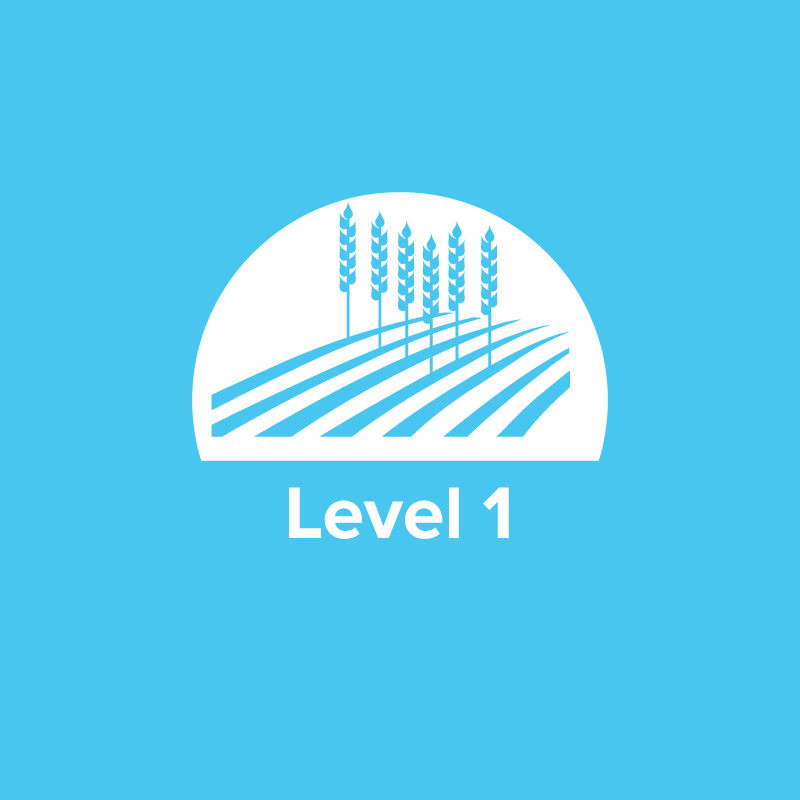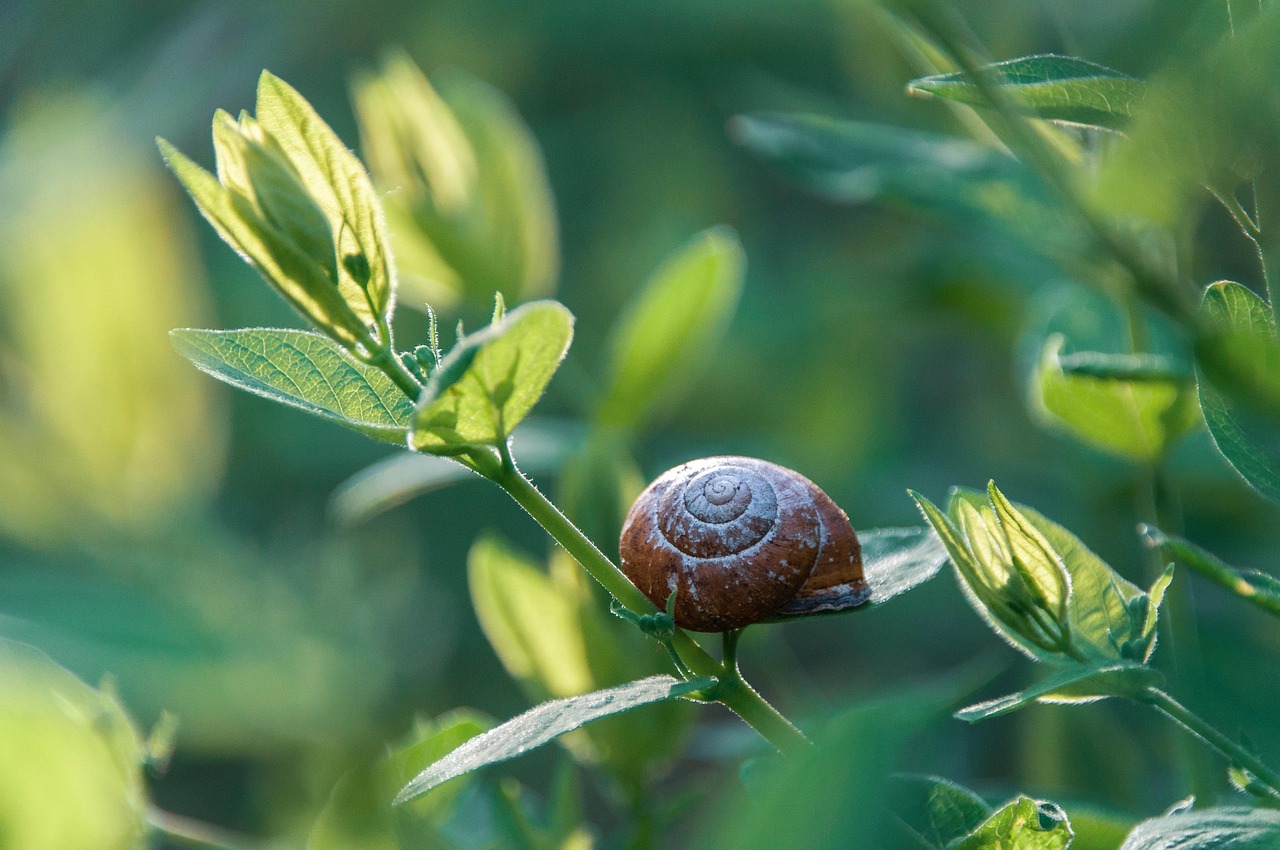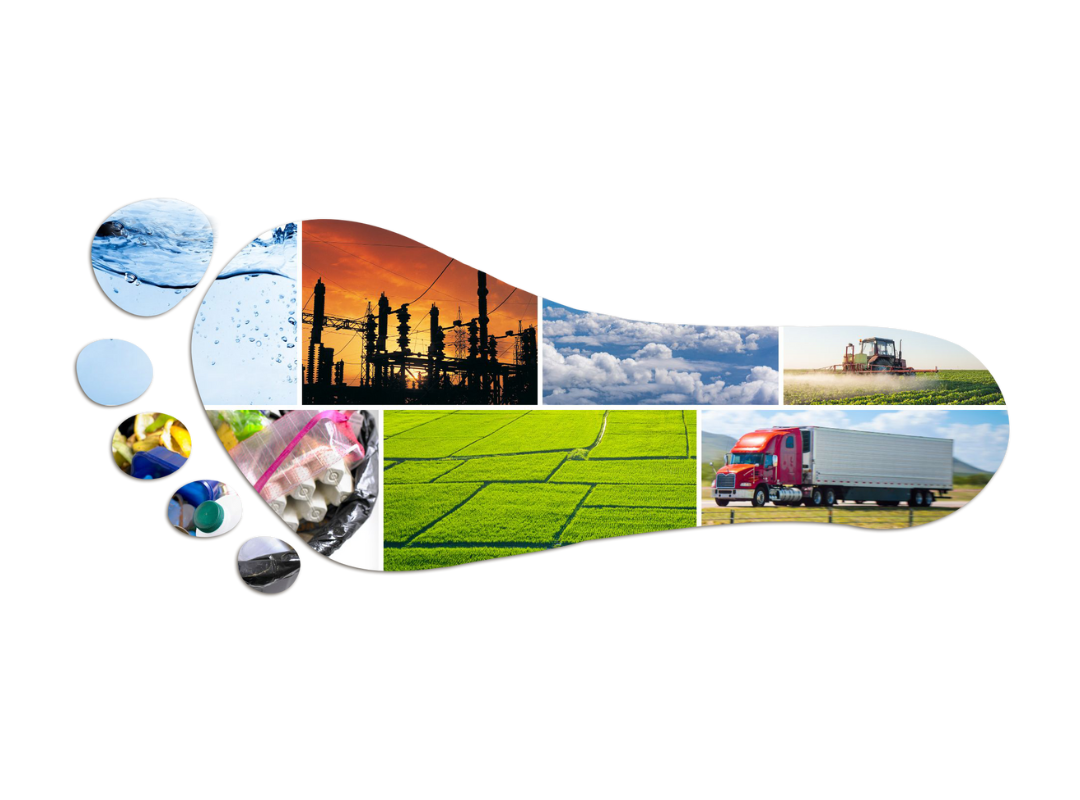
The Environmental Cost of Food
Students examine the environmental footprint of food by discovering factors along the farm-to-fork process that contribute to a food's environmental footprint and discuss possible solutions to create a sustainable future through the foods we eat.
